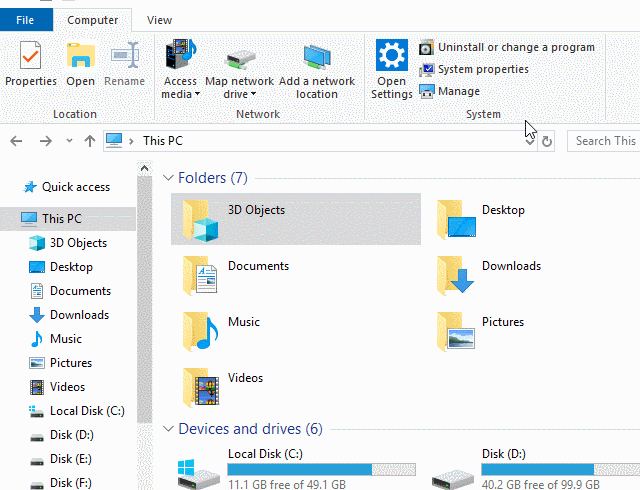


Within the SCCM console, navigate to “Software Library”, “Application Management”.you can set any name, but it is much easier later if you don’t include spaces in the name I have chosen to create a folder in the source media folder and call it “AdminFiles” and then the file name as Full.MSP, so that i can create individual installs for Excel, Word, etc. In the right pane, click on “Microsoft Office” at the top of the tree and select “Run all from My Computer” from the drop-down menu.Navigate to “Set feature installation states”.Confirm that the status is now set to enabled.In the right pane double click on “Disable Opt-in Wizard on first run”.In the left of the two panes, navigate to “Microsoft Office 2013\Privacy\Trust Center”.Ensure “Complete notice” remains unchecked and check “Suppress modal” and “No cancel”.Click “I accept the terms in the License Agreement”.If you do not have this you can enter you MAK key here At my location I have a KMS server running which services all my clients for me.Navigate to “Licensing and User Interface”.Type in your organization name (This step is not required).Navigate to “Install location and organization name”.
#Installation package proplusww.msi 2013 install
#Installation package proplusww.msi 2013 how to
In this post I will give detailed instructions on how to deploy Microsoft Office 2013 Professional Plus


 0 kommentar(er)
0 kommentar(er)
